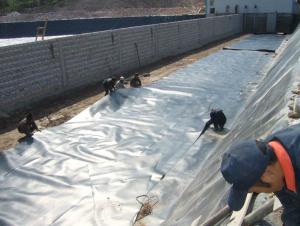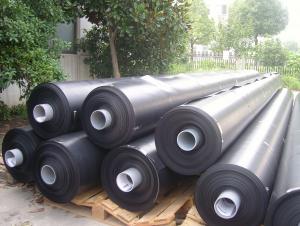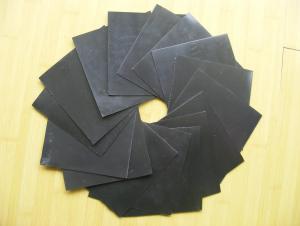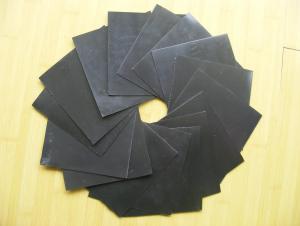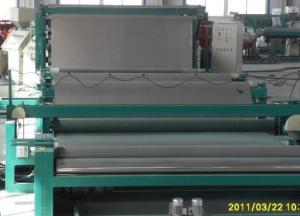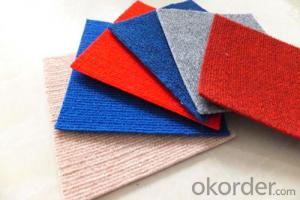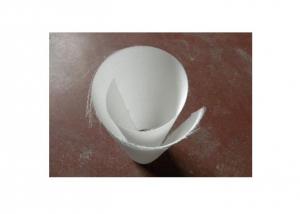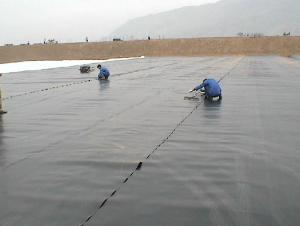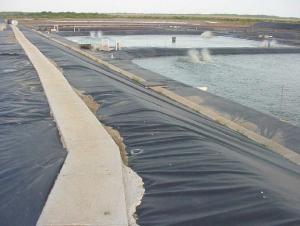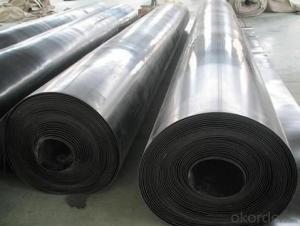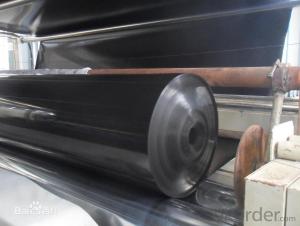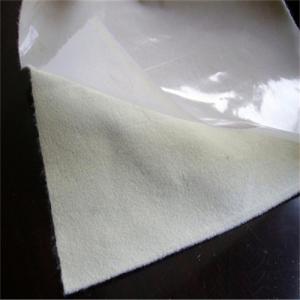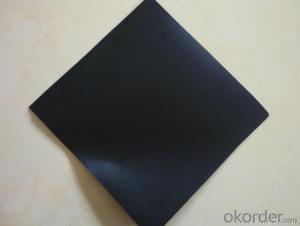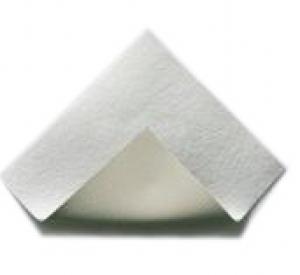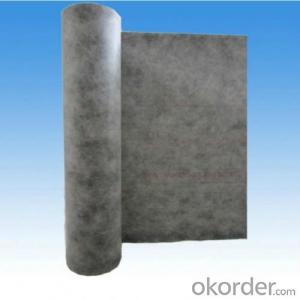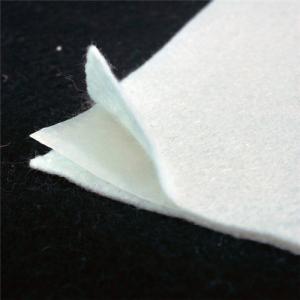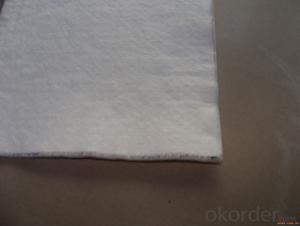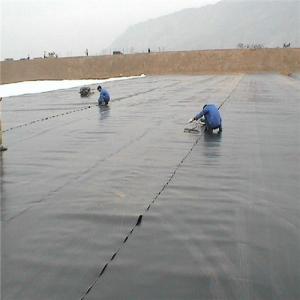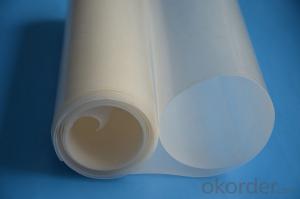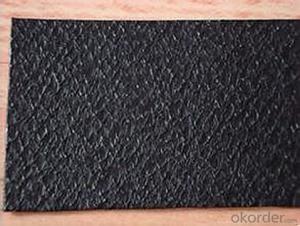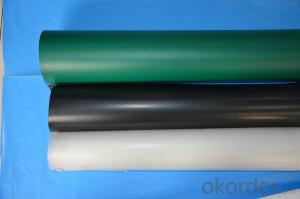Geomembrane Cover
Geomembrane Cover Related Searches
Geomembrane Lagoon Covers Geomembrane Containment Geomembranes Geomembrane Material Geomembrane Waterproofing Waterproof Geomembrane Geomembrane Products Plastic Geomembrane Geomembrane Thickness Geomembrane Fabric Geomembrane Anchor Geomembrane Film Permeable Geomembrane Geomembrane Machine Geomembrane Company Reinforced Geomembrane Geomembrane Technologies Textured Geomembrane Wholesale Geomembrane Liner Geomembrane Geomembrane Materials Geomembrane Properties Composite Geomembrane Geomembrane Liners Buy Geomembrane Conductive Geomembrane Application Of Geomembrane Geomembrane Gas Protection Properties Of Geomembrane Geomembrane SystemsGeomembrane Cover Supplier & Manufacturer from China
Geomembrane Cover is a type of high-performance waterproofing and protective material, commonly used in various industries such as environmental protection, construction, and agriculture. These covers are designed to provide a barrier against water, chemicals, and other contaminants, ensuring the integrity and safety of the materials or structures they are protecting.Geomembrane Covers are widely applied in scenarios like landfill sites, reservoirs, canals, and ponds, where they serve to prevent leakage and maintain the structural integrity of the facilities. They are also used in agricultural applications, such as pond liners and reservoir covers, to protect against water evaporation and maintain water quality. The versatility of these covers makes them an essential component in various projects where waterproofing and protection are crucial.
Okorder.com is a leading wholesale supplier of Geomembrane Covers, boasting a large inventory that caters to the diverse needs of clients across different industries. With a commitment to quality and customer satisfaction, Okorder.com ensures that the Geomembrane Covers they provide meet the highest standards of durability and performance, making them a reliable choice for businesses and projects that require robust and reliable protection.
Hot Products
